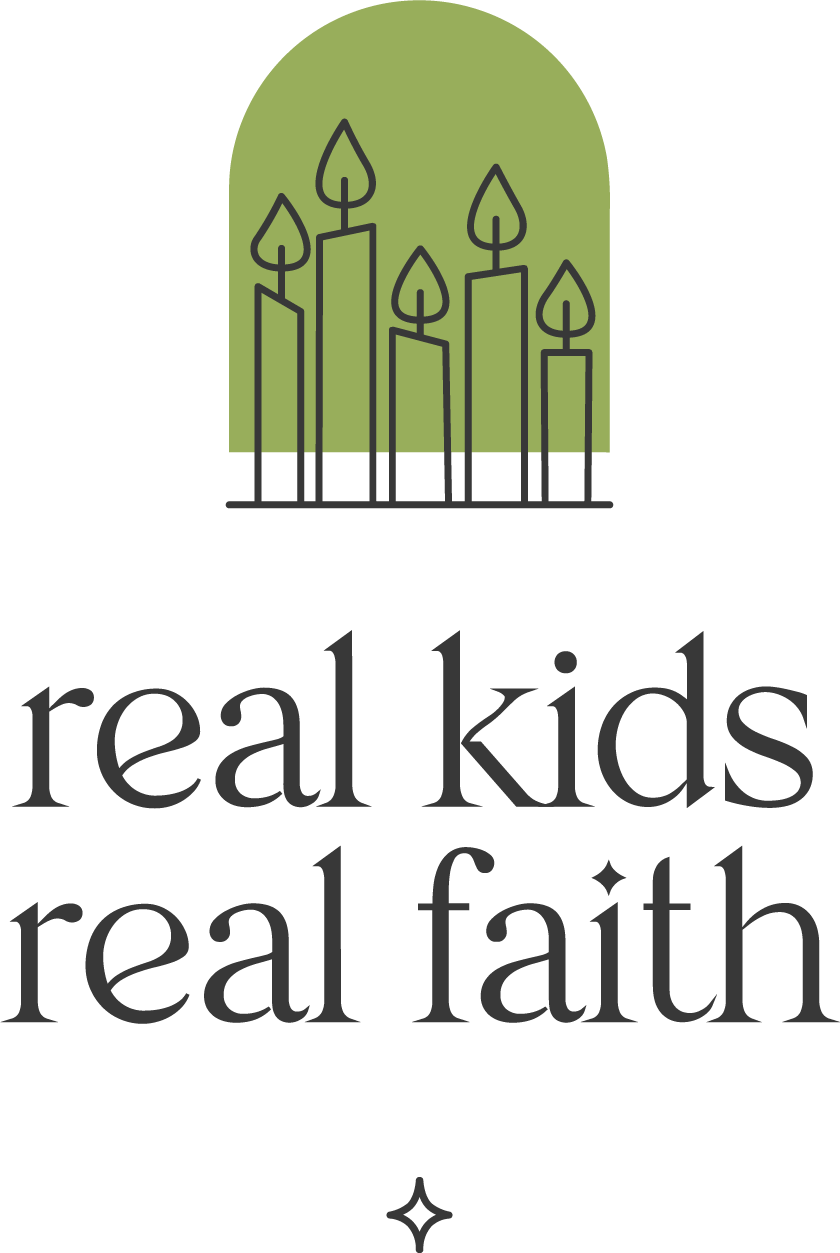Learning to make good decisions is an essential spiritual skill. Becoming a self-reflective person requires children to figure out the moral and ethical norms of their community and use this information to make judgments about their own actions. It’s not an easy process to develop, especially since the prefrontal cortex of the brain, where rational decision-making resides, isn’t fully developed until age 25.
To help them practice making good choices, children need decision-making frameworks and frequent opportunities to use them. One useful tool is a decision matrix, which guides children in identifying decision-making criteria and then ranking different behavior options in relation to those criteria. This tool also helps children consider the potential emotions and natural consequences associated with various choices.
Introduce children to the Decision Matrix tool (see Related Resources for a template) using these 5 steps:
1. Print out and distribute (or share online) the tool and explain that the purpose of a Decision Matrix is to help them make the best possible decisions based on their values.
2. Suggest that this tool can be used for all kinds of decision-making. It can be used by individuals to decide how to behave and by groups trying to choose a communal action. A child might use the matrix to decide how to respond to a younger sibling who follows them around or a group might want to think about how to deal with teasing that some members find upsetting. Or a child or group might want to address a social justice issue and use the matrix to weigh the effectiveness of various options.
3. Model using the matrix. With a child or group of children, identify an issue that needs attention. Brainstorm three different ways that they might respond to this issue and list them in the first column of the matrix. Talk about potential positive and negative outcomes of each choice for the individual/group and for others. Invite children to name the values that underlie their positive and negative assessments by asking, “Why is this a positive/negative outcome?” or “What makes this outcome good (or bad)?”.
4. Calculate the best choice. Help children add and subtract points based on their assessments of pros and cons to self/group and others. The sample matrix suggests adding 1 point for each ‘pro’ and subtracting 1 point for each ‘con’. With older children, discuss whether some ‘pros’ or ‘cons’ deserve more weight, e.g. double or triple points, because the outcome is especially problematic or desirable in light of their values.
5. Provide regular opportunities for children to use the tool. Post a copy of a blank matrix on the wall at home or in a group meeting room. Reference it frequently whenever your family or group is considering how to act appropriately in light of your values.
Regular use of a decision matrix cultivates a habit of self-reflection that will serve children well as their brain continues to mature. It reminds children and adults that becoming an ethical person isn’t just an emotional reaction to things happening around us. It’s a thought-full process of value-based decision-making that takes lots of practice.

Comments